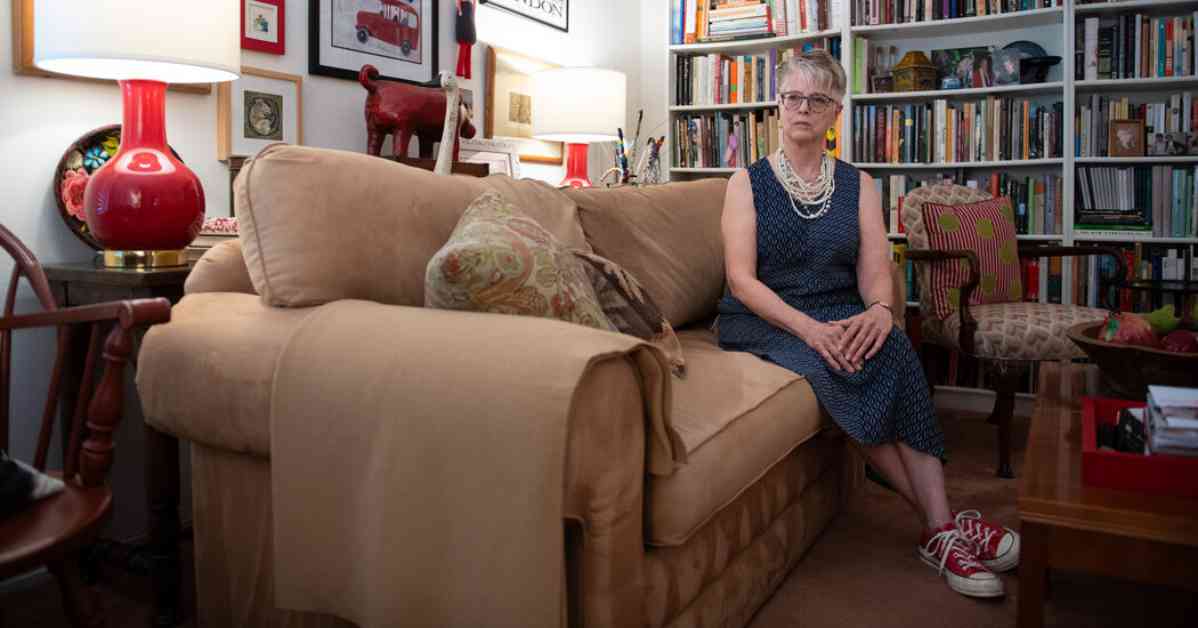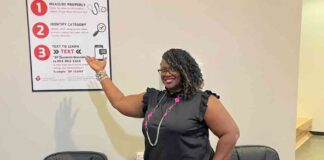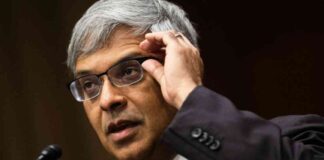Beverly K. Brandt, a retired professor from Arizona, found herself in a situation that made her question the level of care adult children provide to their aging stepparents. After her mother passed away, she took on the responsibility of caring for her stepfather, who had moved into a nearby retirement community. Despite the daily check-ins and bi-weekly visits, she was taken aback when a colleague questioned her actions, asking why she was going above and beyond for someone who wasn’t a blood relative.
Dr. Brandt, who had lost her father at a young age and gained a stepfather who played a significant role in her life, was shocked by the lack of understanding from her colleague. She shared fond memories of her stepfather, who had been a supportive figure throughout her life, from childhood to adulthood. Despite not being a biological parent, he had been there for her in various ways, from carrying her on his back as a child to supporting her education and career as an adult.
This situation sheds light on the complexities of elder care in stepfamilies. Studies show that adult children are less likely to provide care for their aging stepparents compared to biological parents. This growing “step gap” in senior care is a concerning trend that experts are keeping an eye on. The emotional and logistical challenges of caring for a stepparent can often be overlooked or misunderstood, as seen in Dr. Brandt’s experience.
Navigating elder care in stepfamilies requires a deeper understanding of the unique dynamics at play. It’s not just about blood relation, but the emotional connections and responsibilities that develop over time. While traditional family structures may define caregiving roles based on biological ties, stepfamilies often have to navigate different expectations and boundaries.
As the population ages and more blended families emerge, addressing the challenges of elder care in stepfamilies becomes increasingly important. It’s essential to recognize and appreciate the diverse caregiving arrangements that exist within these families and provide support and resources to ensure the well-being of aging loved ones. By acknowledging the complexities of stepfamily dynamics and promoting open communication and understanding, we can create a more inclusive and supportive environment for elder care.

















